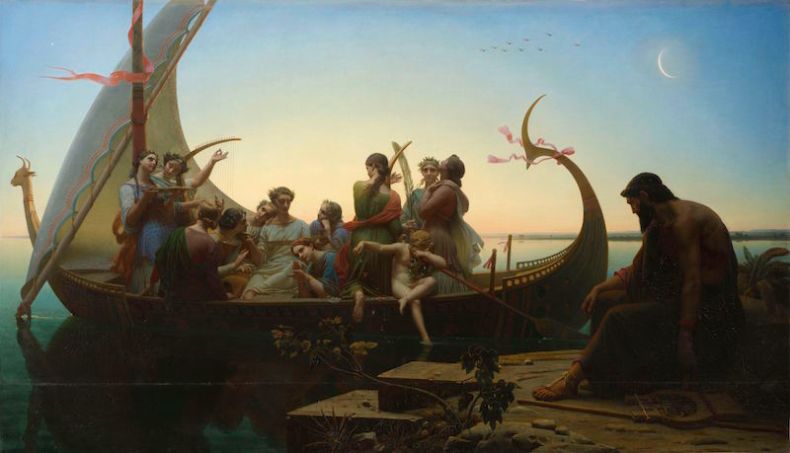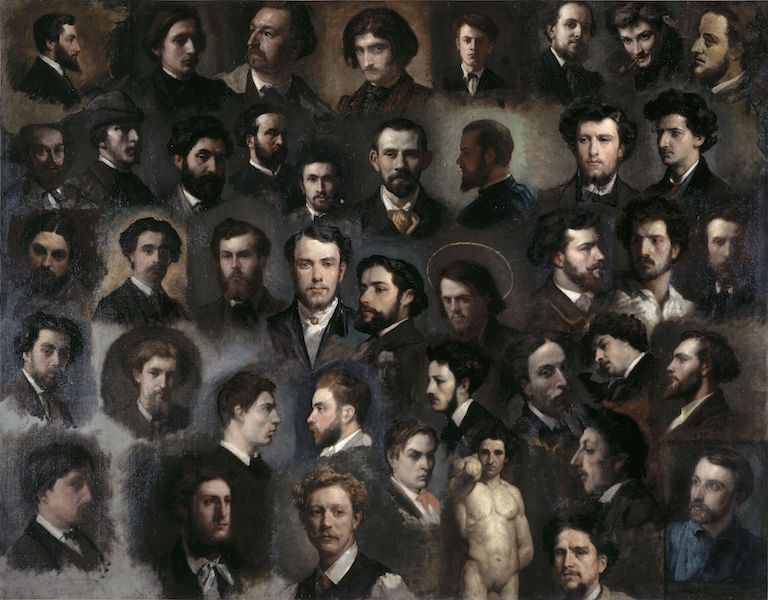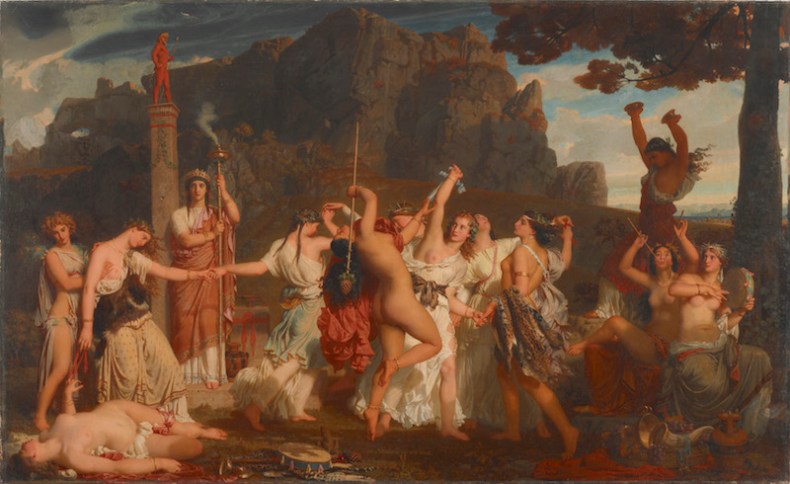To date, France has never devoted a solo exhibition to Charles Gleyre. Yet he was a major figure in academy painting in Paris in the mid-19th century. For a long time, given the smooth perfection of his facture and his subject matter, mostly taken from mythology, he was taken for a cold, conventional esthete blind to the revolutions of his time. However, research into the history of art draws attention to the important role played by his studio, which gave us artists like Jean-Léon Gérôme que Claude Monet and Fréderic Bazille. Also, fresh interpretations of his work, including first and foremost the psychoanalytical analysis published by Michel Thevoz in 1980, have uncovered the fascinating contradictions of both the artist and his work. Placed under the sign of spleen and the ideal, the exhibition is an opportunity, through the major loan from the Cantonal Museum of Fine Arts in Lausanne, to delight once more in the illusions of academicism.
Preview the exhibition below | The top five exhibitions opening this week

Les Illusions perdues dit aussi Le Soir (1843), Charles Gleyre. Photo © RMN-Grand Palais (musée du Louvre) / Michel Urtado

Quarante-trois portraits de peintres de l’atelier Gleyre Anonymous. Photo © RMN-Grand Palais / Agence Bulloz

Etude pour La Danse des Bacchantes (1848-9), Charles Gleyre. © Nora Rupp, Musée cantonal des Beaux-Arts de Lausanne

La Danse des Bacchantes (1849), Charles Gleyre. © J.-C. Ducret, Musée cantonal des Beaux-Arts de Lausanne











![Masterpiece [Re]discovery 2022. Photo: Ben Fisher Photography, courtesy of Masterpiece London](http://www.apollo-magazine.com/wp-content/uploads/2022/07/MPL2022_4263.jpg)
Suzanne Treister’s tarot offers humanity a new toolbox